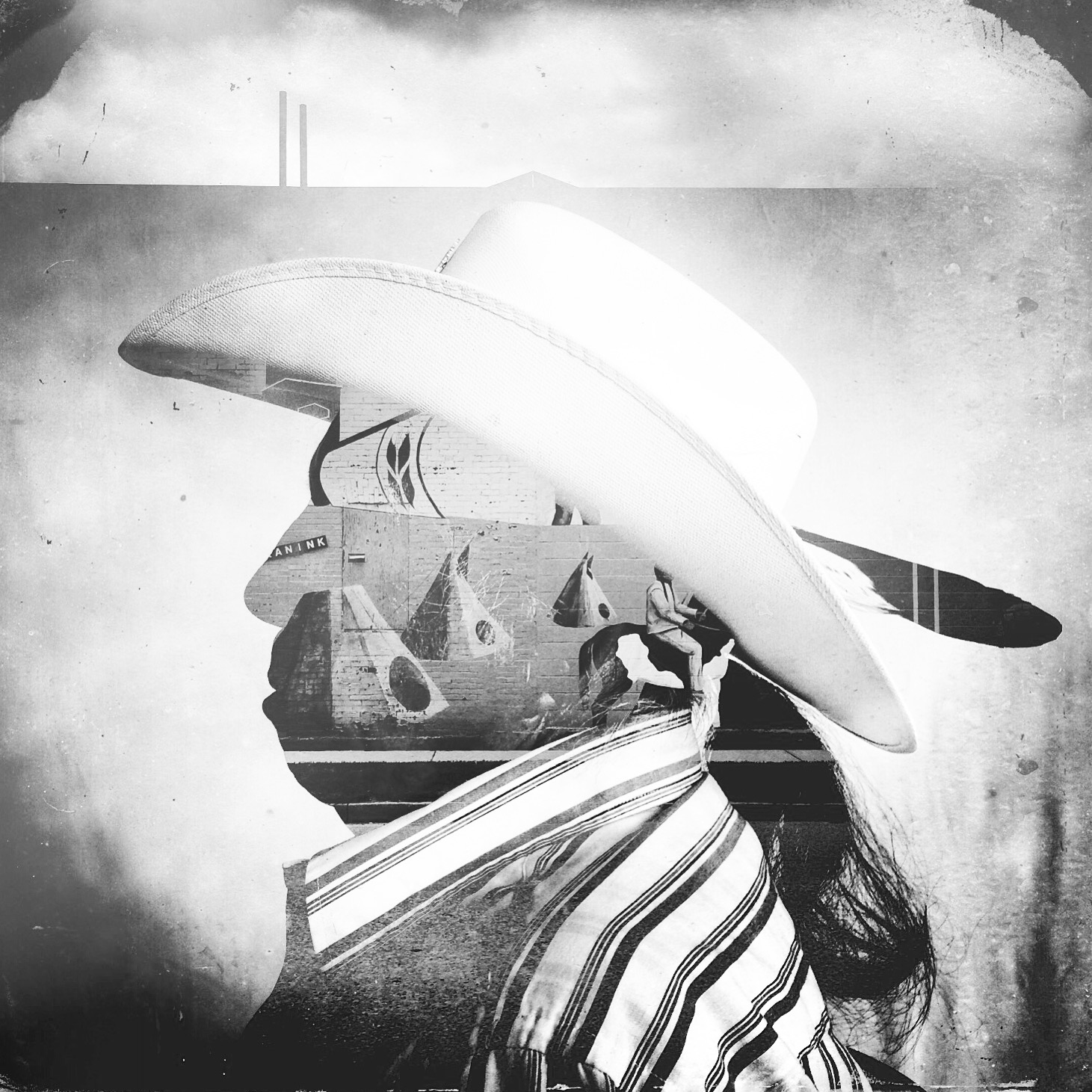
In the fall of 2014, Daniella Zalcman started documenting the history and legacy of forced assimilation among First Nations people in Canada. The practice saw indigenous children removed from their home and sent to boarding schools where they were forced to assimilate to the dominant western culture. “They were punished for speaking their native languages or observing any indigenous traditions,” writes photographer Daniella Zalcman in the introduction of her first book, Signs of Your Identity.
The book deals with the longstanding effects of that practice, which officially ended in 1996. But the scars remain to this day. “Residential school affects how you see the world,” says Glen Ewenin, a victim of the program in the 1970s. “I can’t fit into the public anymore. I don’t feel like a normal person… It’s made me such a negative person. It changes everything.”
Faced with the challenge of documenting an issue that affect not just the person but also their identities and places in the world, Zalcman chose to use double-exposures, superimposing her portraits with the landscapes and still lives images that define their identities. She speaks to TIME LightBox about her process.
Olivier Laurent: Can you tell us how the project started? What got you hooked on that story and why?
Daniella Zalcman: I ended up in Canada in the fall of 2014 chasing a story on abnormally high HIV rates in Indigenous communities. I’d read a statistic that prevalence rates had risen by about 24% in five years, and from a medical perspective it made no sense to me; Canada has a pretty solid healthcare system, they instituted some of the first harm reduction strategies (like free needle exchanges), and yet there was this completely inexplicable and ongoing epidemic. So I spent a month driving around the country, spending time in British Columbia, Saskatchewan, and Ontario, and quickly realized that nearly every HIV positive First Nations person I interviewed referenced residential school. I’d never heard of Indian Boarding Schools before, to my great horror, but by the end of the trip I was completely convinced that a lot of the systemic crises we associate with Native communities were part of this bigger legacy of coercive assimilation.
One of the reasons why I’ve devoted so much time to this project is that I continue to be amazed by how few people know that this happened at all. For more than a century, both the Canadian and U.S. governments forced Indigenous children into these boarding schools. The last Canadian residential school didn’t close until 1996. There are still 59 Indian Boarding Schools open in the United States today. At their worst, school administrators and teachers subjected students to routine physical and sexual abuse, the systematic destruction of their cultural identity, and in some extreme cases medical testing and forced sterilization.
You’ve taken quite a different approach to the subject, choosing to shoot double-exposure portraits and landscapes. Why do this?
The work that I produced on that first trip to Canada was, in some senses, a failure. I was trying to honestly and accurately document the issues that a lot of First Nations Canadians are working through right now, but without being able to properly contextualize the photographs in the greater narrative of settler colonialism, coercive assimilation, and cultural genocide, the work felt like it was doing more to reinforce the two-dimensional tropes of Native people that we see too frequently in the media and entertainment worlds.
So in August 2015, I went back to Saskatchewan, determined to focus specifically on residential school survivors and that broader legacy. I’m a news photographer by training — and I was struggling because I couldn’t photograph the schools in Canada, since they no longer existed, and I didn’t want to photograph the material legacy of the schools, since I’d tried that already and it resulted in too many stigmatizing photos of poverty and substance addiction.
What I wanted to show — the persistence of memory, and historical trauma, and the things we pass from parent to child — required a little more engineering. So when I returned to Saskatchewan, where all of Signs of Your Identity was shot, I interviewed survivors, photographed them, and then went in search of a secondary image that in some way captured the essence of their memories of residential school.
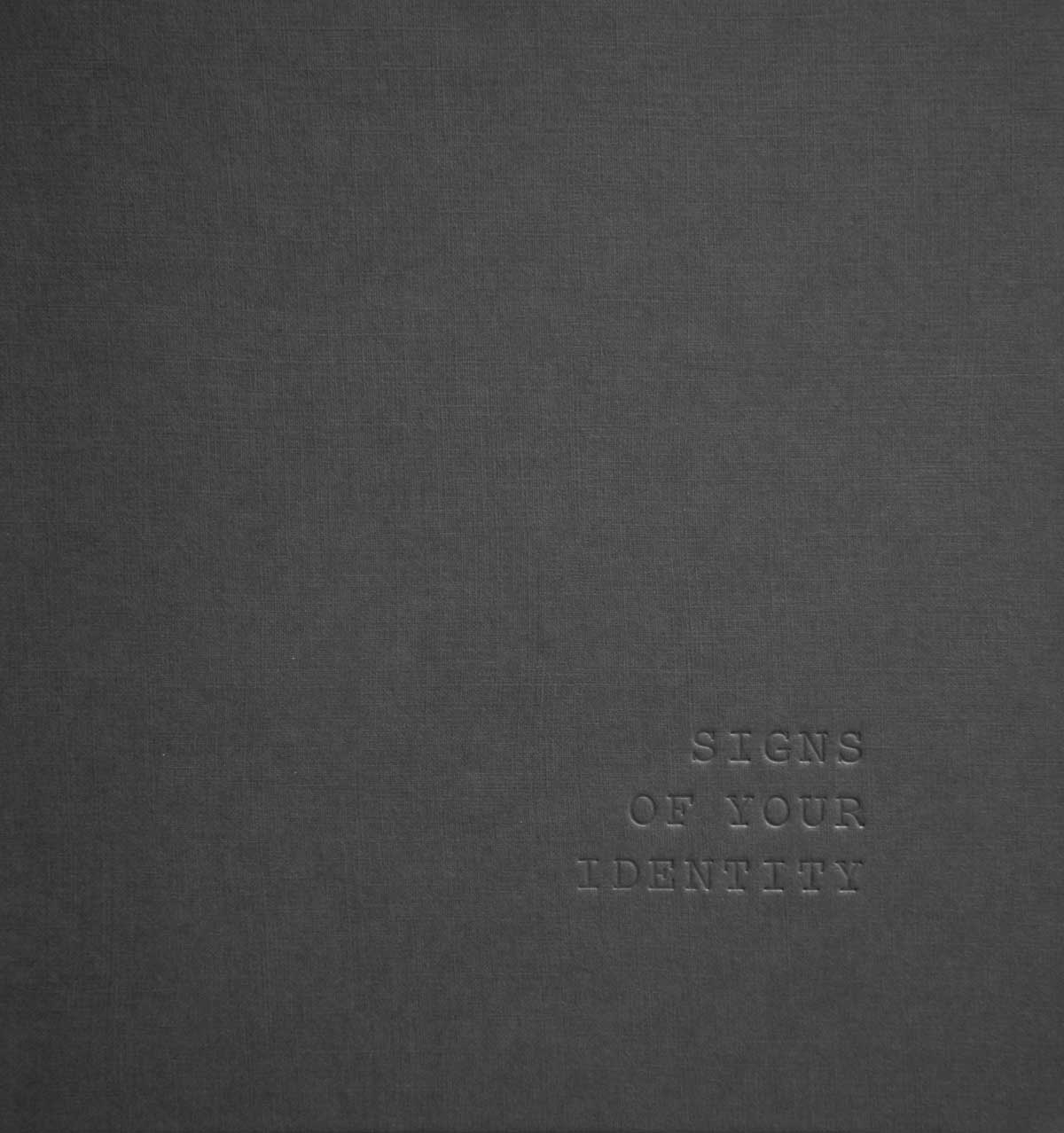
When did the idea of a book come?
I’ve never been particularly fixated on the idea of publishing books — I got my start as a newspaper photographer and the daily news cycle is in my blood. But I did start to feel very strongly that this work would be meaningless if I couldn’t make sure that younger generations of Canadians and Americans learned about this in middle school and high school. It’s shameful to me that this is not part of the standardized U.S. history curriculum, that we in so many ways continue to whitewash and flatten the full history of people of color in our textbooks. Acknowledgement is a huge step in the healing and reparations process, and that’s impossible if we’re not promoting an accurate retelling of our own past.
So now, with the support of the Pulitzer Center, who purchased 250 copies of the book, I’m working to get free educational copies into Canadian educational institutions for teachers working on including residential school history in their curriculum.
In the book, you’re using transparent pages to present the double exposure images and portraits. What was the thinking behind that?
There are a couple reasons — mostly, even though I believe that the double exposures are the real heart of this project, in many of the portraits identity is almost entirely obscured. Indigenous people already deal with enough erasure in the media without my wanting to overtly contribute to that. So I wanted people to be able to see the faces of all the survivors I included in the book, unobscured, as well.
And secondly, though maybe less importantly, since I’ve always wanted this book to be an educational tool, I think that you’re much more likely to get students to engage with subject matter and images and text when there’s something interactive and tactile.
Did you meet challenges in getting this achieved?
It was actually a shockingly easy process. I came up with the idea for the transparencies very early on — I used to routinely sketch on trace paper and mylar when I was an architecture student in college and knew immediately that there was something perfect about the diaphanous quality of the material. I’d made a small book dummy in January while I was in London — printed at a basic Kinkos-style print shop — and then was fortunate enough to win the FotoEvidence award this year. The printer in Istanbul, Ofset Yapımevi, completely got what I was going for, and they executed it perfectly.
Throughout the process of developing this book, what have you learned that will inform your photographic approach?
I don’t know how much the bookmaking process will affect my future work on this project — I have at least another eight to 10 countries I plan on visiting to look at forced assimilation education systems that have existed throughout the world — but I do know that I need to come up with a slightly more mass market way to produce books of this work if I want to reach a large audience. You never know, but I suspect the next chapters of this project probably won’t involve transparencies.
Daniella Zalcman is an American photographer based in New York and London. Her work, Signs of Your Identity, was supported by the Pulitzer Center on Crisis Reporting. Her book, available here, was funded through the 2016 FotoEvidence Book Award. Zalcman will present Signs of Your Identity at an opening at the Cathedral of St. John the Divine in New York on Oct. 26.
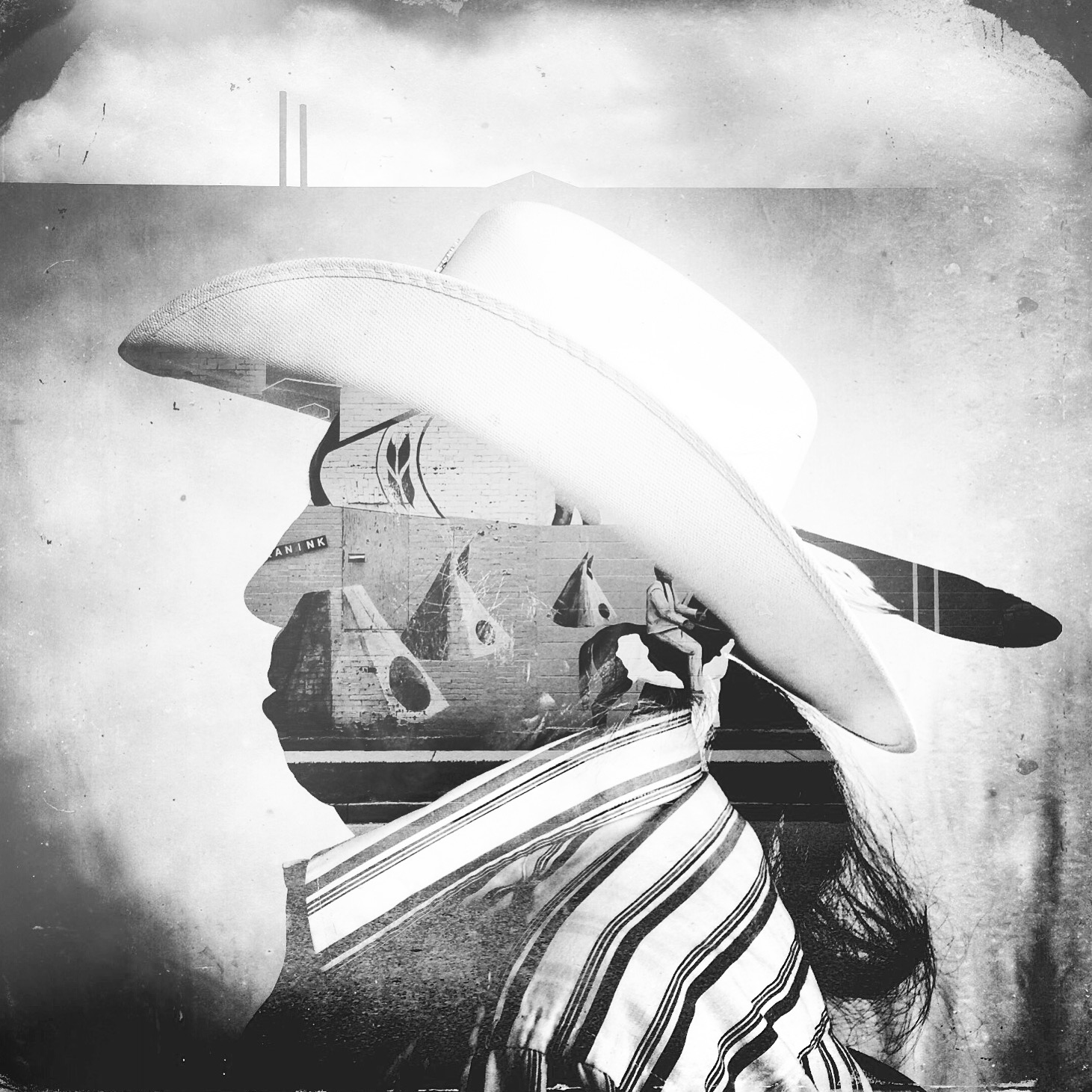

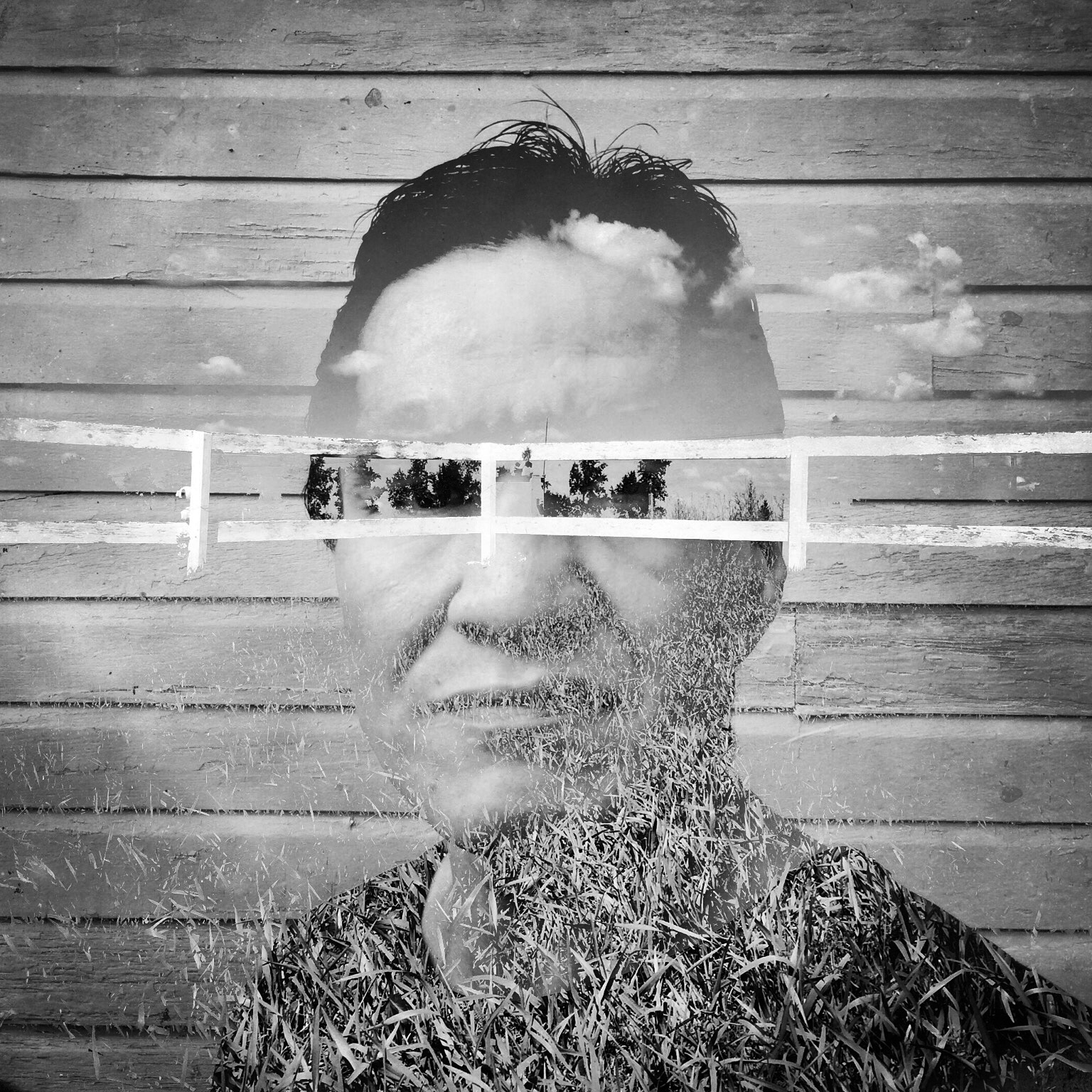

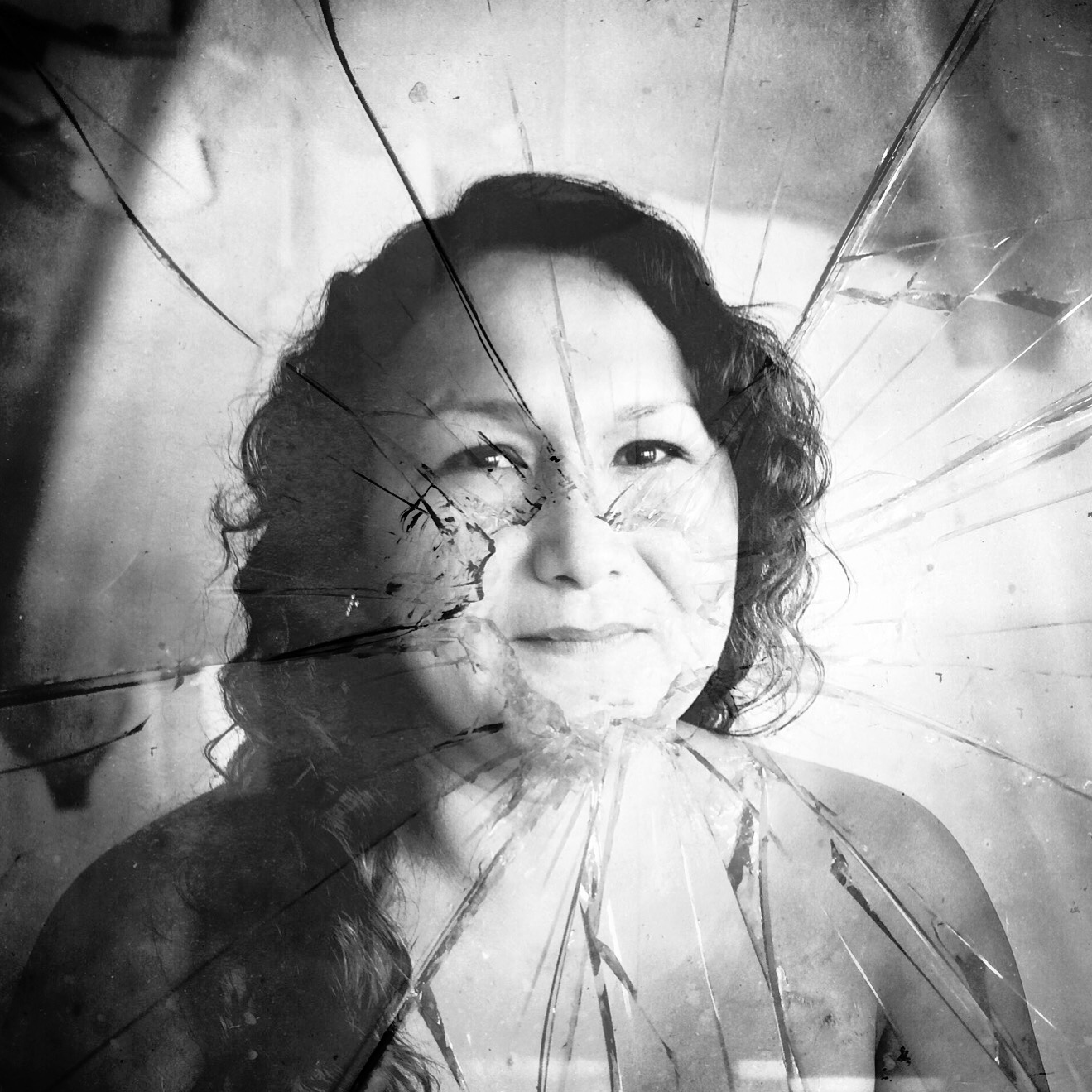
More Must-Reads from TIME
- Donald Trump Is TIME's 2024 Person of the Year
- Why We Chose Trump as Person of the Year
- Is Intermittent Fasting Good or Bad for You?
- The 100 Must-Read Books of 2024
- The 20 Best Christmas TV Episodes
- Column: If Optimism Feels Ridiculous Now, Try Hope
- The Future of Climate Action Is Trade Policy
- Merle Bombardieri Is Helping People Make the Baby Decision
Contact us at letters@time.com